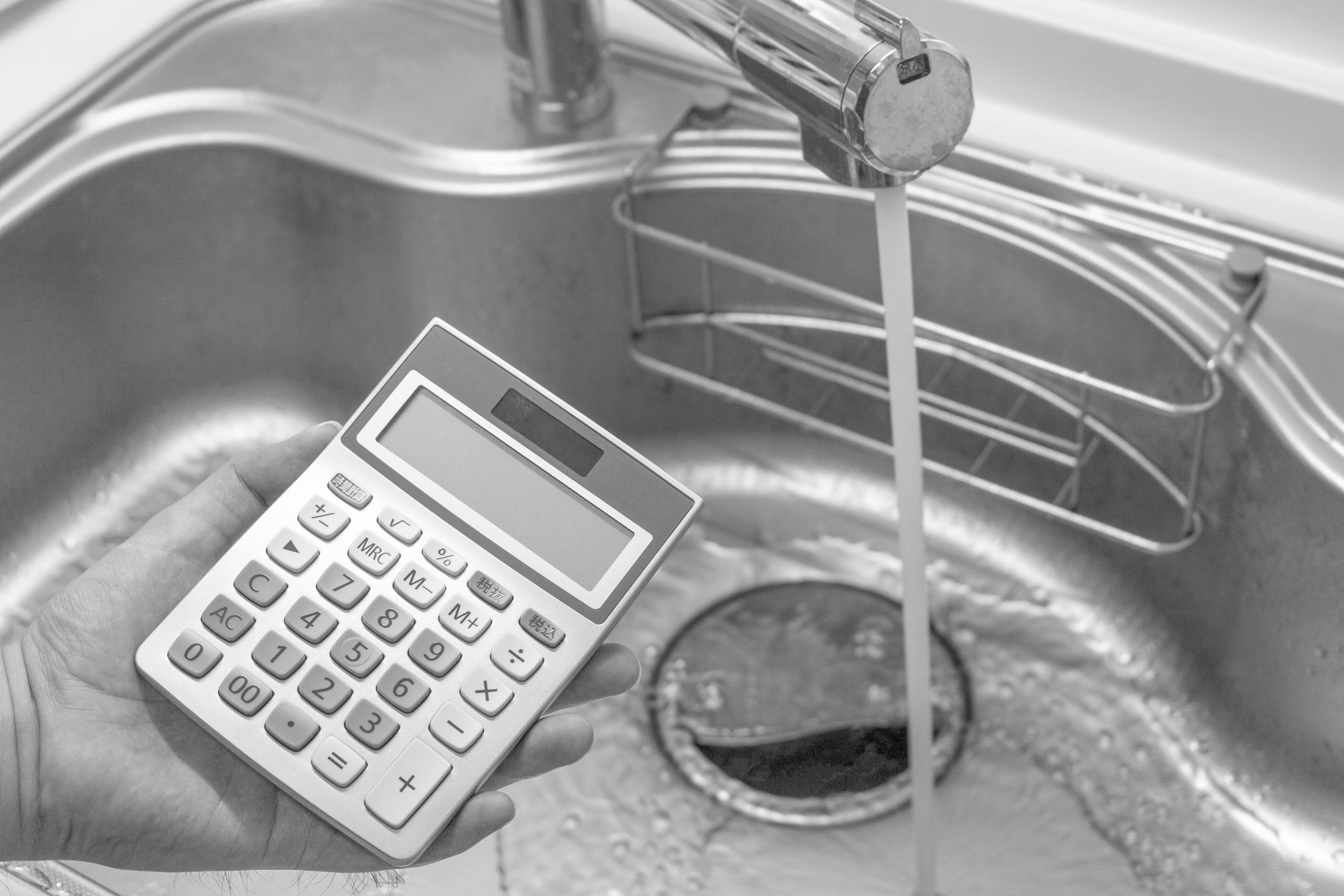Bill Payment Options
We offer many different ways to pay your bill, from automatic drafting to paying in person, as well as paperless billing notices.
Read more about your bill payment options.


Basic Information About My Bill
Account Number
Your account number is a 9-digit code by which we can track your water use. This account number was updated in early 2024 and replaced a two-part, longer account number.
Usage
This number indicates the amount of water that flowed through your water meter during the billing period.
Current Readings/Previous Readings
These figures represent the most recent and previous readings taken from our meter. We determine your usage based on the difference between these two figures. The difference between these numbers is your volume of water use between the two meter readings in thousands of gallons. For example, if the Current Reading from the meter was 12 and the Previous Reading was 8, the difference of 4 indicates that 4,000 gallons went through your meter between readings — in other words, you used 4,000 gallons that month.





